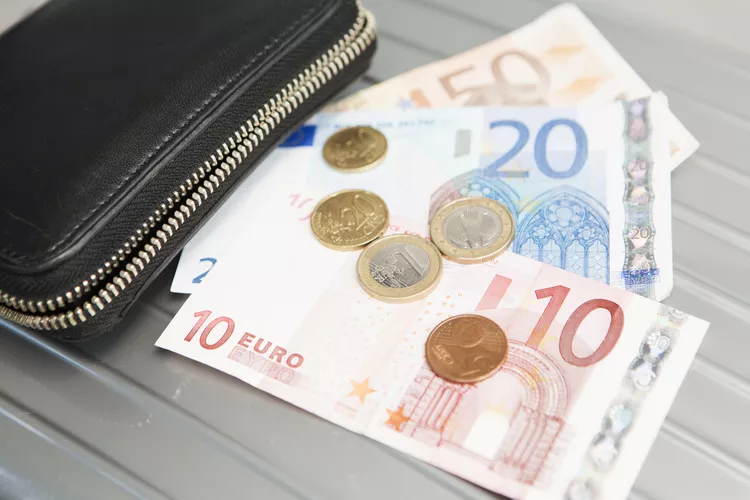Understanding the Euro: A Traveler’s Guide
Most of Europe uses a single currency, the euro, which simplifies transactions for travelers. In 1999, a significant step toward a unified Europe was taken by the European Union, marking the inception of the euro. This move aimed to enhance economic stability among its members. By early 2002, these countries began using the euro as their official currency, paving the way for easier travel across borders.
Which Countries Use the Euro?
The adoption of a unified currency benefits travelers significantly. Below are the countries currently using the euro:
- Austria
- Belgium
- Cyprus
- Estonia
- Finland
- France
- Germany
- Greece
- Ireland
- Italy
- Latvia
- Lithuania
- Luxembourg
- Malta
- The Netherlands
- Portugal
- Slovakia
- Slovenia
- Spain
Moreover, while Andorra, Kosovo, Montenegro, Monaco, San Marino, and Vatican City are not EU members, they also use the euro, resulting in a unique relationship where these countries can issue euros featuring their own national symbols. This illustrates the euro’s standing as one of the world’s most influential currencies.
Abbreviation and Denominations
The euro’s international symbol is €, with its abbreviation being EUR. The value of the euro fluctuates against the U.S. dollar, which is crucial for travelers to understand.
As of January 1, 2002, the euro replaced the previous currencies of the Eurozone countries. Although the European Central Bank oversees the issuance of euro notes, the responsibility for circulating money falls to the national banks.
Each euro note features consistent designs across the Eurozone, available in denominations of EUR 5, 10, 20, 50, 100, 200, and 500. The euro coins share a common design on the front, while the reverse side can feature individual national designs. Coins are available in denominations of 1, 2, 5, 10, 20, and 50 cents, as well as 1 and 2 euro coins. Notably, some countries, like Finland, have opted not to use the 1- and 2-cent coins, highlighting individual national preferences.
European Countries Not Using the Euro
While many Western European nations have adopted the euro, several others have retained their own currencies. For instance, the Scandinavian countries use crowns (krona/kroner), the UK employs the Great Britain pound (GBP), and Switzerland continues with the Swiss franc (CHF).
Some countries have not met the economic criteria set to use the euro, so they continue to operate with their own currencies. These countries include:
- Bulgaria: Bulgarian lev (BGN)
- Croatia: Croatian kuna (HRK)
- Czech Republic: Czech koruna (CZK)
- Hungary: Hungarian forint (HUF)
- Macedonia: Macedonian denar (MKD)
- Poland: Polish zloty (PLN)
- Romania: Romania leu (RON)
- Serbia: Serbian dinar (RSD)
- Turkey: Turkish lira (TRL)
Consequently, when traveling to these nations, it is advisable to convert some cash into the local currency. Utilizing ATMs in your European destination can also provide favorable exchange rates, allowing access to funds from your home account. Always check with your bank prior to departure to ensure your card will work in smaller, independent countries like Monaco.




